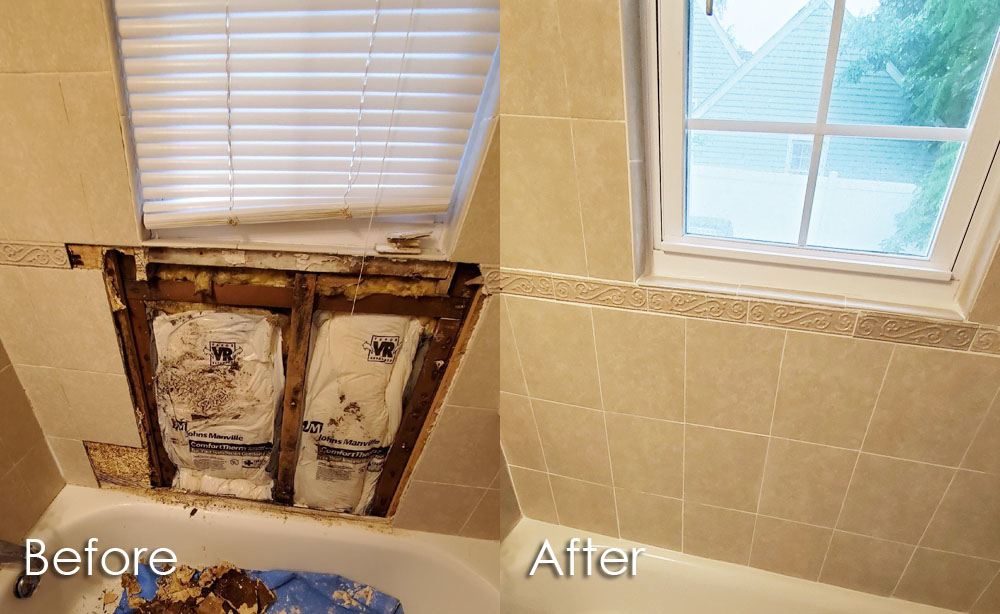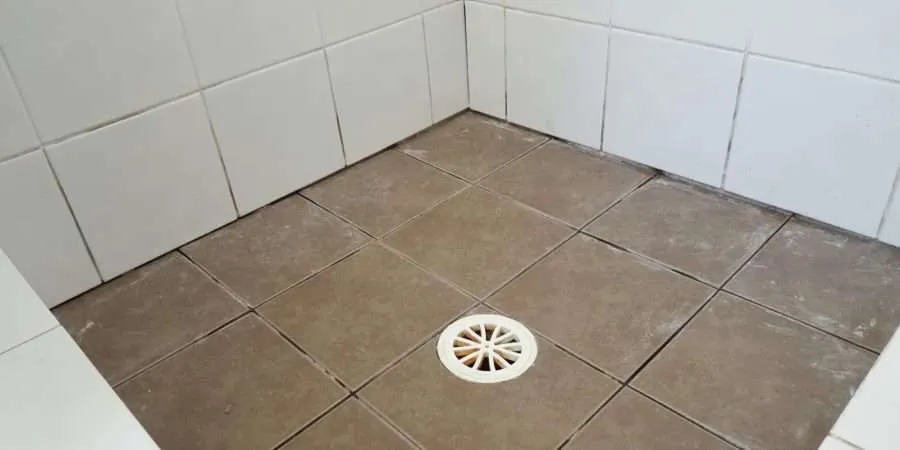How to Stop Bathroom Water Damage
How to Stop Bathroom Water Damage
Blog Article
The writer is making a number of great points relating to Preventing Water Damage in the Bathroom as a whole in this article just below.

The washroom is extremely vulnerable for moist accumulation and potential water damage because of the regular use of water in it. This short article uses basic assessment methods to assist finding water damages dangers.
The constant use water in the shower room makes it very prone for damp build-up as well as prospective water damage. By examining it regularly, you can lower water relevant damages.
The following set of examinations is easy to carry out and should be done as soon as in every 3 months in order to maintain your restroom in good shape and to stop possible water problems triggered by the tub, the shower, pipe joints and also plumbing, sinks, closets, as well as the bathroom
Do not neglect performing these examinations as well as be extensive while performing them. Keep in mind that these straightforward assessments can save you a lot of cash by supplying early indications for water damages
Sinks as well as Cabinets
Sinks and closets are subjected to wetness and moisture everyday and are usually ignored. Examine regularly under the sink and also on the counter top over it. Fix any drip in the catch as it may suggest drainpipe problems. Check out the sink, sluggish draining pipes might indicate an obstructed drain. Replace sink seals if they are split or loose.
Bath tub as well as Shower
The shower and also tub require unique attention and also maintenance. Examine the tiles and also replace if fractured. Ensure that there is no missing out on grout in between the ceramic tiles. Inspect as well as replace split caulking at joints where the walls meet the flooring or the bathtub. Obstructed drains as well as pipes issues will certainly avoid the bath tub from drying as well as may suggest significant issues under the bathtub. Talk to a professional promptly to stop structural damages. Pay attention to discolorations or soft locations around the bathtub walls as they might indicate an interior leakage.
Plumbing
Signs for water damage are difficult to identify because many pipelines are mounted inside the wall surfaces.
Pay special attention to flooring as well as wall surfaces dampness and spots as they may suggest an unseen plumbing problem. Check dampness levels in adjoining spaces too.
The Toilet
The bathroom is a prone water joint. Check the water lines as well as look for leakages around the commode seat, in the hose pipe, and also under the water storage tank. If you discover any type of indicators of dampness on the flooring around the commode, look for leakages in the toilet edge and tank seals.
Be aware that hanging toilet bowl deodorants raises the opportunities for clogs.
Water Damage Signs In The Bathroom To Avoid Cleanup
Musty smell
This is one of the easiest signs to catch because musty smells are so odorous. The damp, earthy, moldy smell should be a big red flag. The smell will develop when moisture gets trapped in surfaces, and begins to facilitate mold growth. Leaking pipes under cabinets, inside walls, and behind shower fixtures will cause moisture to stay trapped and not dry, which will lead to mold growth and spread. As soon as you notice any musty smells in your bathroom, have it checked for hidden water damage and cleanup signs.
Visible mold
If the smell isn’t there to give it away, sometimes you will actually see mold growth. Finding mold in your bathroom is a serious problem, because mold is very harmful to your health. By the time mold growth is visible, it also means that water damage has already occurred and been present for some time. The only way the mold problem can be resolved is to find the source of the moisture and get it stopped. To safely and adequately remove mold, you need to have professionals handle the remediation. Do not waste any time in getting mold problems addressed, fixed, and sanitized so that you can protect you and your family from the many respiratory symptoms caused by mold exposure.
Damaged floors
Bathroom floors should be able to withstand some exposure to water while still remaining in good condition. However, when excess exposure or water leaks occur, they will begin to damage even the most water-resistant flooring. If you notice any cracking, bubbling, staining, or warping on your bathroom floors, there is probably a water leak somewhere causing the distortion. If you notice areas of the floor have become softer, or even have a spongy feeling, there is probably damage to the subfloor. Subflooring is typically made up of plywood. When plywood is exposed to water or moisture, it will absorb it. Once it has become saturated, the weight of the excess water will cause the wood to swell and soften. Check the floors in your bathroom frequently to catch any of these sings before they lead to damaged subflooring.
Changes on walls
When water leaks behind walls, it will cause changes in the drywall. Peeling plaster, blistering paint, and soggy wallpaper are all good indicators that excess water is building up behind the wall. Water leaking behind drywall will cause it to swell and be soft to the tough. If you start to notice gaps along the trim of your walls, or where tile meets the wall, it could also be a strong indicator that there is a leak behind the wall. Any changes, distortion, or damage on the walls should be evaluated as soon as you notice it to prevent further water damage and cleanup.

As an enthusiastic person who reads on How to Repair and Prevent Bathroom Water Damage, I imagined sharing that piece of content was really useful. Sharing is caring. One never knows, you may be doing someone a favor. Thanks a lot for your time invested reading it.
Visit My Website Report this page